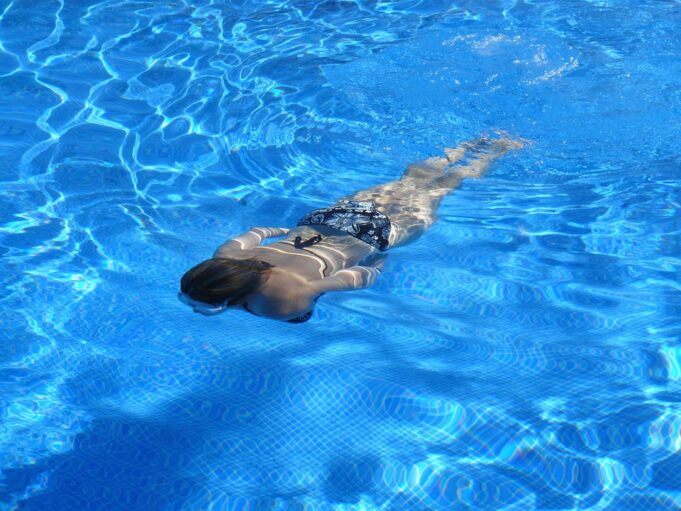Expressive art therapy is a form of therapy that utilizes the creative process of making art to improve a person’s physical, mental, and emotional well-being. One of the key components of this therapy is mindfulness, which involves being fully present and focused in the moment. When combined with painting, this form of therapy can be a powerful tool for healing.
Mindfulness and Painting
Research has shown that practicing mindfulness can reduce stress, anxiety, and depression. By focusing on the present moment and letting go of negative thoughts, individuals can experience a sense of calm and inner peace. When combined with painting, this mindfulness practice can be even more effective.
According to a study published in the American Journal of Art Therapy, participants who engaged in expressive art therapy reported a significant decrease in symptoms of depression and anxiety after just a few sessions. The act of painting allows individuals to express their emotions and thoughts in a non-verbal way, which can be especially beneficial for those who have difficulty verbalizing their feelings.
Exploring Expressive Art Therapy
Expressive art therapy can take many forms, including painting, drawing, sculpting, and collage. The goal of this therapy is to help individuals tap into their creativity and use art as a means of self-expression and self-discovery.
A study published in the Journal of the American Art Therapy Association found that individuals who participated in expressive art therapy experienced an increase in self-esteem and self-awareness. By engaging in the creative process, individuals were able to explore their emotions and gain insight into their thoughts and behaviors.
Future Advances in Expressive Art Therapy
As research in the field of expressive art therapy continues to grow, there is a growing interest in exploring the use of technology to enhance the therapeutic experience. Virtual reality and augmented reality are being used to create immersive art experiences that can help individuals connect with their emotions in new and innovative ways.
A study published in the Journal of Virtual Reality Therapy found that participants who engaged in virtual reality art therapy reported a significant decrease in symptoms of anxiety and depression. By creating a virtual environment where individuals can explore their creativity and express themselves through art, therapists are able to provide a unique and engaging therapeutic experience.
Overall, the healing power of mindfulness and painting through expressive art therapy is a promising field that continues to evolve and grow. By tapping into the creative process and fostering a sense of mindfulness, individuals can experience profound healing and transformation.




